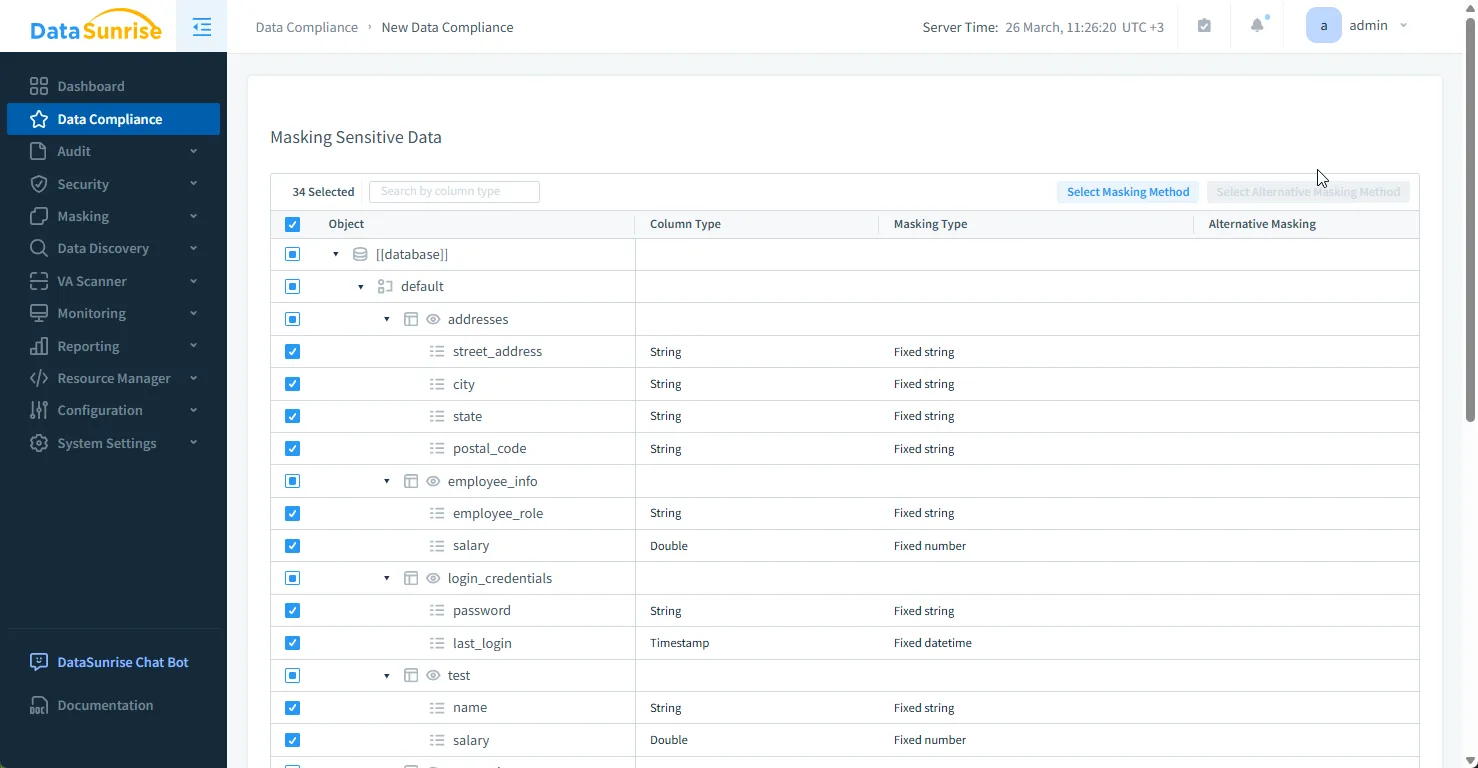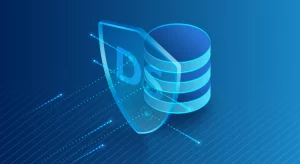How to Apply Data Governance for Apache Impala
Introduction
Data governance is a critical element for organizations working with large volumes of data. For platforms like Apache Impala, which one would commonly use for big data processing, ensuring proper data governance can be challenging without the right tools. Apache Impala provides certain native capabilities, but these can be enhanced significantly with third-party solutions like DataSunrise. This article will break down the process of applying data governance to Impala in two distinct sections:
- Native Impala Capabilities
- Enhancing Data Governance with DataSunrise
By following the steps in each section, you'll understand how to leverage Impala's built-in features and extend them with DataSunrise to create a more robust data governance framework.
Native Apache Impala Data Governance Capabilities
Apache Impala offers a range of built-in tools that help manage data access, auditing, and security. While these features are useful, they are often basic and require manual configuration to ensure proper governance across complex environments.
Step 1: Setting Up Authentication and Authorization
Authentication and Authorization in Impala is essential for data governance. Impala supports Kerberos authentication and integrates with LDAP for user and group management, enabling fine-grained control over who can access what data.
Example: Kerberos Authentication in Impala
# Kerberos authentication example
impala-shell -i <impala_host> --auth_creds_ok_in_clear --principal impala/<impala_host>@EXAMPLE.COM
Why it’s important: Proper authentication ensures that only authorized users can access your data, which is a fundamental part of any governance framework.
For more on setting up authentication in Impala, refer to Impala Authentication Guide.
Role-Based Access Control (RBAC)
Impalas also supports Role-Based Access Control (RBAC), which allows administrators to grant users access only to the specific data and actions they need.
# Example for creating a role and granting permissions
CREATE ROLE data_analyst;
GRANT SELECT ON DATABASE sales TO ROLE data_analyst;
Why it’s important: RBAC limits access to sensitive data, ensuring that only the right individuals can interact with specific databases and tables. This is crucial for data security and compliance.
For a deeper dive into RBAC, visit Impala Access Control.
Step 2: Auditing Data Access
Logging and Auditing are fundamental for tracking who accesses your Impala data and how it is being used. Impala’s query logs allow administrators to capture information about queries and user activity.
# Enable query logging in Impala
SET QUERY_LOGGING = true;
Why it’s important: Auditing helps track user actions, making it easier to identify potential security threats and ensure that only authorized actions are performed on sensitive data.
For more information on query logging, refer to the Impala Query Logging Documentation.
Step 3: Limiting Data Exposure with Views and Masking
While Impala doesn’t have built-in data masking capabilities, you can limit data exposure by using views to control how data is displayed.
# Example of creating a view to mask sensitive data
CREATE VIEW sales_masked AS
SELECT transaction_id, masked_customer_name, transaction_amount
FROM sales
WHERE transaction_date > '2021-01-01';
Why it’s important: Using views and column-level security helps protect sensitive data by displaying only necessary information, making it easier to comply with privacy regulations like GDPR or HIPAA.
For more information on controlling data access, see the Impala Column-Level Security.
Enhancing Data Governance for Apache Impala with DataSunrise
While Impala’s native features provide a basic level of security and governance, DataSunrise significantly enhances these capabilities with advanced tools designed to streamline compliance, improve auditing, and increase data protection.
Step 1: Integrating DataSunrise for Advanced Authentication and Authorization
DataSunrise provides more flexible and granular access control compared to Impala’s native RBAC. With DataSunrise, administrators can apply security policies across multiple databases, including Impala, from a unified platform.
Example: Configuring DataSunrise for Access Control
DataSunrise allows you to apply centralized access control rules and policies across multiple environments without the need for manual updates for each database.

Why it’s important: Centralizing access control helps streamline security and ensures that policies are consistently applied across your entire infrastructure.
Learn more about DataSunrise’s security capabilities on the DataSunrise Security Page.
Step 2: Dynamic Data Masking for Sensitive Data
DataSunrise offers dynamic data masking capabilities that go beyond Impala’s native masking solutions. With DataSunrise, you can dynamically mask data based on user roles and permissions without needing to modify the underlying data.
Example: Applying Dynamic Data Masking

Why it’s important: Dynamic masking ensures that sensitive data is always protected, even when accessed by authorized users, making it easier to comply with data protection regulations like GDPR and PCI DSS.
Learn more about dynamic data masking on the DataSunrise Dynamic Masking Page.
Step 3: Automating Compliance Reporting
With DataSunrise, organizations can automate compliance reporting for regulations like GDPR, HIPAA, and PCI-DSS. DataSunrise’s automated reporting feature allows you to generate detailed compliance reports that one could use during audits.
Example: GDPR Compliance Reporting Automation DataSunrise can automatically generate reports for GDPR compliance, helping you meet regulatory requirements with minimal manual intervention.

Why it’s important: Automating compliance reporting reduces the risk of non-compliance and streamlines the audit process, saving time and resources.
Learn more about automated compliance reporting on the DataSunrise Compliance Manager page.
Step 4: Centralized Policy Management Across Environments
DataSunrise provides a centralized platform for managing data governance policies across multiple environments, including Impala, SQL, NoSQL, and cloud databases. This unified approach simplifies policy enforcement and ensures consistency across your data infrastructure.
Example: Centralized Data Governance Management
You can apply predefined policies across all databases connected to your DataSunrise instance, securing your entire infrastructure from a single platform. With vendor-agnostic support for over 50 data storage platforms, DataSunrise ensures unified data protection across hybrid, cloud, and hybrid environments.

Why it’s important: Centralized management reduces the complexity of maintaining security and compliance policies across different systems and databases, ensuring a consistent approach to data governance.
For more details on centralized policy management, visit the DataSunrise Overview.
Conclusion
Applying data governance for Apache Impala is a multi-step process that involves configuring authentication, authorization, and auditing capabilities. While Impala provides some native features for these tasks, integrating DataSunrise significantly enhances data governance by offering advanced tools for real-time monitoring, dynamic data masking, and automated compliance reporting.
By following the steps in each section, organizations can ensure that their Impala environments meet the highest standards of data security and compliance. If you're ready to take your data governance practices to the next level, consider scheduling a demo to see how DataSunrise can enhance your data governance framework.
